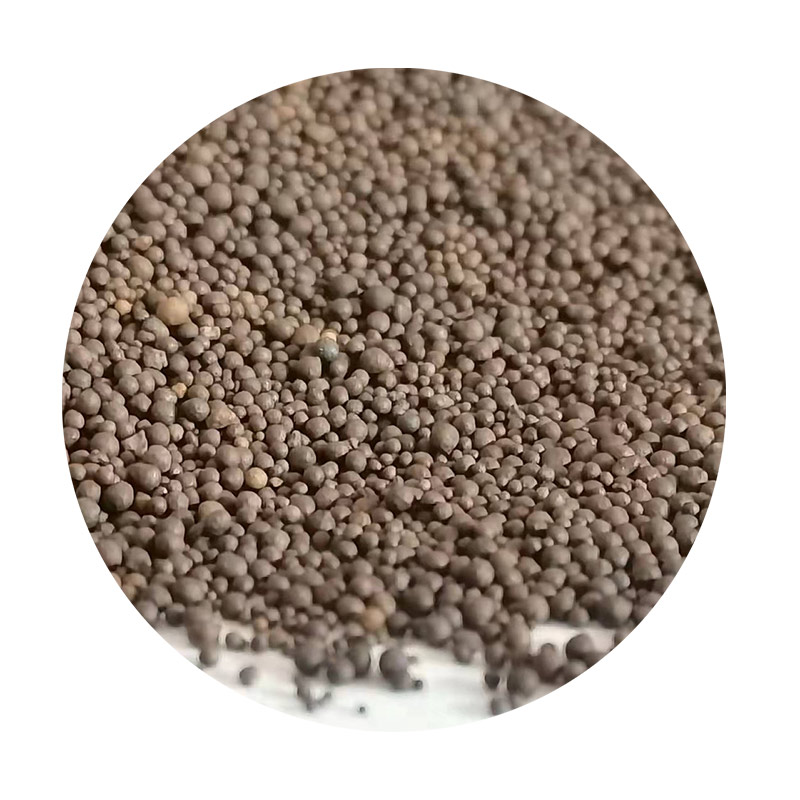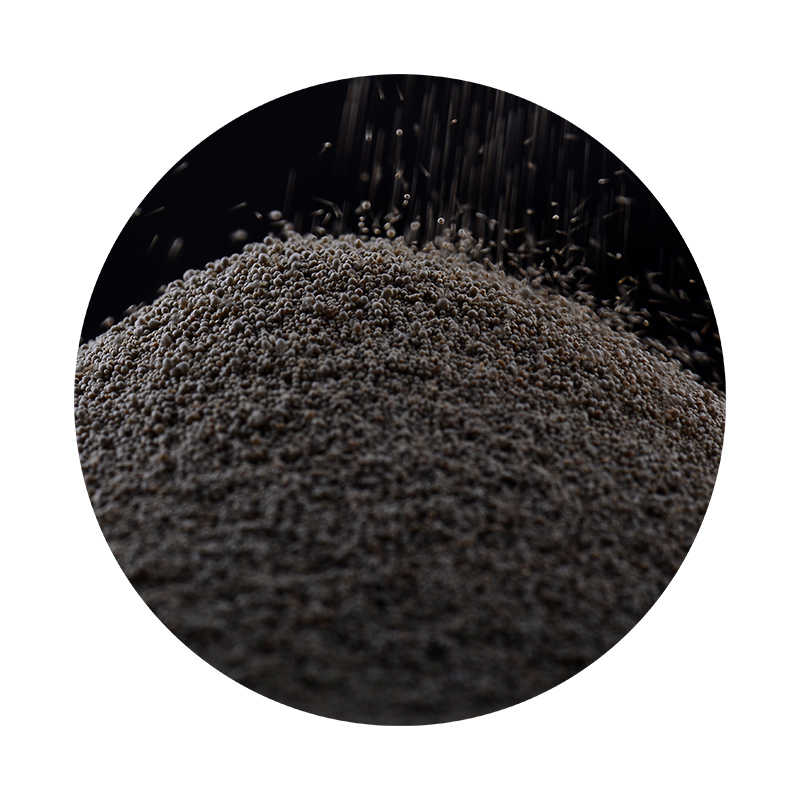

Trustworthiness in this method comes from its consistent output. The reduced turbulence and controlled flow during the casting process preserve the integrity of the metal, minimizing impurities and structural weaknesses. Over decades of use, this technique has built a reputation for reliability, making it a preferred choice for high-stakes applications where failure is not an option. On the product side, companies employing low pressure sand casting can offer competitive advantages. For instance, because it reduces metal wastage, the overall cost per unit decreases, allowing manufacturers to offer more competitive pricing without sacrificing quality. Furthermore, because of the method's precision, less post-production machining is required, speeding up the manufacturing cycle and improving time-to-market for new products. Advanced simulation tools now available further augment the expertise required in low pressure sand casting, allowing engineers to model the casting process before production begins. These simulations help predict potential issues and refine the process, thereby enhancing the quality of the final product and reducing the risk of costly rework. With industrial demands evolving, embracing innovative casting techniques like low pressure sand casting is imperative. It represents a confluence of experience, expertise, authority, and trustworthiness that any forward-thinking manufacturer can leverage to produce superior products efficiently. Therefore, organizations looking to optimize their production lines should strongly consider integrating low pressure sand casting into their manufacturing processes, ensuring they remain competitive in an ever-challenging marketplace. Post time:فوریه . 13, 2025 18:39
Next:Spherical Ceramic Sand for Foundry
